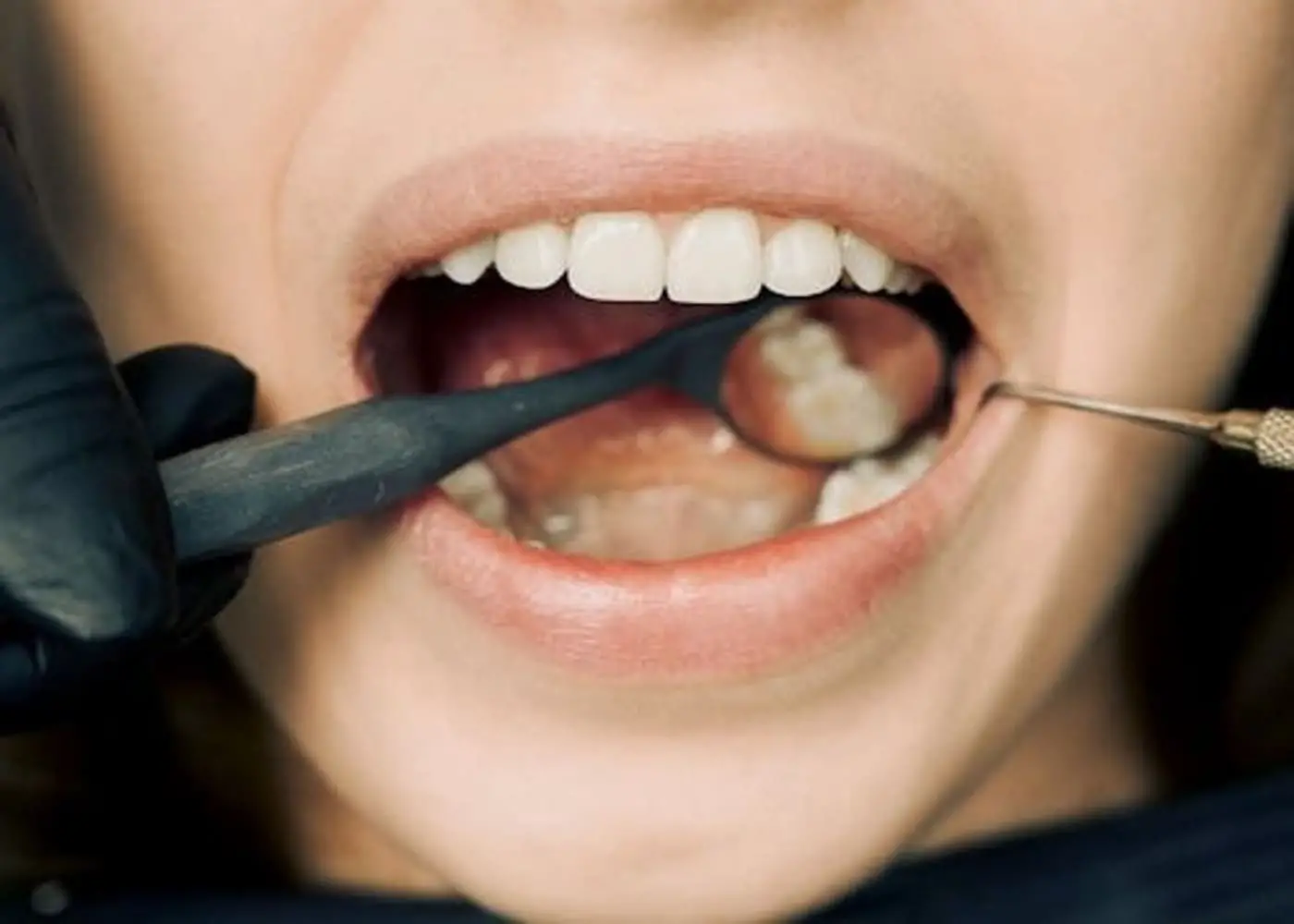Ever had your gum flare up near a wisdom tooth? It hurts, right? Chewing feels tough. Even brushing gets uncomfortable. And then sometimes, you notice random bumps inside your mouth. Suddenly, you start worrying. Most times, these mouth changes aren’t dangerous. But they can be confusing and sometimes painful. Some go away on their own. Others stick around and need treatment. The trick is knowing the difference. Let’s dig into swollen gums, strange blisters, and what they actually mean.
1. The Mystery Behind Swollen Gums Near Wisdom Teeth
Compared to other teeth, wisdom teeth are the most dramatic. They frequently lack sufficient room to grow in a straight line.That leads to gums swelling around them, a condition dentists call pericoronitis.
Here’s what usually triggers it:
Impacted teeth: Stuck under the gum or bone.
Trapped food: Small particles caught under gum flaps.
Bad cleaning: Wisdom teeth are hard to reach.
Weakened immunity: Stress or illness makes inflammation worse.
A report in the British Dental Journal found wisdom teeth problems are a top dental emergency in young adults. No surprise there gum pain around them can come on fast and feel intense.
2. Managing Gum Swelling Before It Gets Worse
So, let’s talk about how to treat swollen gums near wisdom tooth. You can’t fix it permanently at home, but you can ease discomfort.
Try these simple steps:
Warm saltwater rinse: Calms inflammation and washes bacteria away.
Gentle brushing: Clean the area lightly with a soft brush.
Cold compress: Reduces swelling on the cheek.
Pain relievers: Over-the-counter meds help with throbbing pain.
Dental visit: Dentists may recommend antibiotics or do under-gum cleanings.
The Journal of Oral and Maxillofacial Surgery warns untreated pericoronitis can spread infection beyond the gum. So, home fixes help short term, but real treatment still needs a dentist.
3. When Painful Gums Signal Bigger Issues
Most gum flare-ups heal quickly. But sometimes, they point to something else. Watch for:
Cysts: Fluid-filled sacs forming near impacted teeth.
Chronic infections: Gum keeps getting inflamed.
Shifting teeth: Pressure from wisdom teeth pushes others.
Decay: Plaque buildup leads to cavities in nearby molars.
A 2019 review in the International Journal of Dentistry found repeated wisdom tooth infections raise long-term risks. That’s why ignoring gum pain can create bigger problems later.
4. Practical Tips for Everyday Care
You can’t always control wisdom tooth trouble. You can lessen the chance that soreness may recur, though. Here's how:
Rinse often: Saltwater or mild mouthwash helps clear bacteria.
Brush more intelligently:by using soft circles and angling the brush toward the gum flap.
Take care to floss: Avoid rubbing against irritated gums when cleaning in between teeth.
Drink plenty:of water to help wash away bacteria and food.
Know red flags: Spreading swelling, pus, or fever means it’s time for the dentist.
These habits won’t replace dental care, but they make flare-ups less likely and easier to manage.
5. Gum Bumps and Spots: What Else Could Be Happening?
Sometimes it’s not gum swelling but weird bumps that get your attention. People often wonder what causes blood blisters inside the mouth and the answer can vary.
Most times, it’s simple trauma. A sharp chip, a cheek bite, or brushing too rough bursts a small vessel. Under the tissue, a blood-filled blister develops. Usually harmless. Heals in a week.
Other possible reasons include:
Allergic reactions: To certain foods or rinses.
Blood thinners: Medicines can make gums bruise easily.
Underlying conditions: Repeated blisters may signal clotting or immune issues.
A study in Oral Medicine and Pathology found most oral blood blisters vanish without treatment. Still, recurring ones should be checked. Patterns matter. One blister? Probably nothing. Frequent blisters? Time to see a pro.
6. From Worry to Relief: Why Information Helps
Mouth issues feel alarming when you don’t understand them. Swollen gums. Blisters. Random pain. But the more you know, the less scary it feels.
This kind of article builds trust because:
It’s backed by research and real clinical data.
Advice is practical and easy to follow.
It’s written in plain, everyday language.
It combines dental science with real-world solutions.
That’s why blogs and health sites often link back to resources like this. Information that’s both useful and credible spreads naturally. Adding journal references makes it even more authoritative.
Frequently Asked Questions (FAQ)
1. Why do gums swell near wisdom teeth?
usually as a result of bacteria and food particles getting stuck under the gum flap covering a tooth that has partially erupted. and bacteria getting stuck under the gum line covering a tooth that has partially erupted.
2. How do I calm swollen gums near a wisdom tooth?
After taking pain medication, thoroughly brush and rinse with salt water.But see a dentist for proper treatment.
3. Are blood blisters in the mouth serious?
Most aren’t. They’re often caused by small injuries and heal quickly. Repeated ones should be checked.
4. Can gum swelling spread?
Yes. Infections near wisdom teeth can sometimes move deeper into the jaw or surrounding tissues.
5. Do all wisdom teeth need removal?
Not always. If they’re healthy and not causing problems, they can stay. Problematic ones usually need extraction.
Final Thoughts
Painful gums around wisdom teeth are common. So are random mouth blisters. Most cases aren’t dangerous, but ignoring them can make things worse. Timely dental appointments, wise household practices, and early care are very beneficial. Paying attention to these signs not only eases pain but also protects your long-term oral health. Your smile deserves that extra care. And now, you know exactly what to watch out for.

All Comment 5
Login to post a comment
No comments yet
Be the first to drop a comment